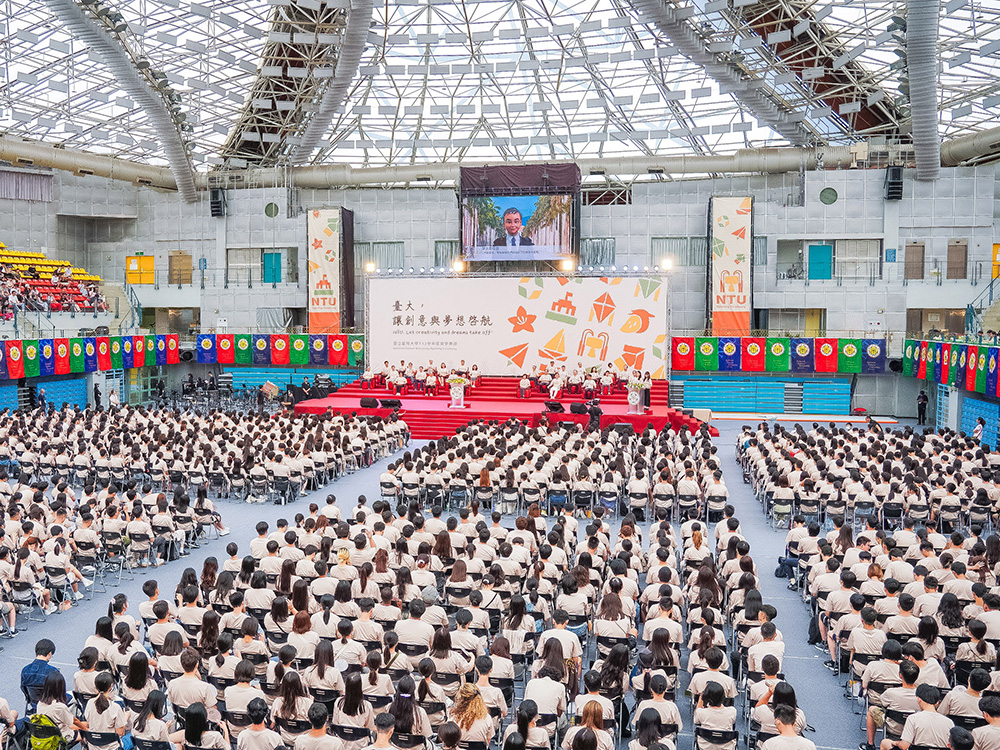
NTU Opening Ceremony: “Where Creativity and Dreams Take Flight”
瀏覽器版本過舊,或未開啟 javascript
請更新瀏覽器或啟用 javascript
Spotlights
President Chung-Ming Kuan (管中閔; center) visits the former residence of Prof. Jing-Nong Tai with Vice President for General Affairs Yu-Ning Louis Ge (葛宇甯; left) and Deputy Vice President for General Affairs Wen-Cheng Liao (廖文正; right).
Branching out from the NTU campus, the area surrounding Wenzhou Street, Dingzhou Road, and Roosevelt Road boasts a rich cultural and historical landscape. Tasked with the responsibility of passing down the cultural heritage of the historical buildings on Wenzhou Street, NTU takes things to the next level by adopting a macro perspective. Rather than treat building preservation as the only goal, NTU involves faculty, students, community residents, and artists in developing a blueprint for a local art settlement, giving the unique history of the area a human touch.
The university will invite faculty members and student representatives to join all discussions relevant to the planning of the historical buildings, and establish an NTU Contemporary Culture Center after collecting local and professional feedback, taking all factors regarding the preservation of tangible cultural assets into consideration, and incorporating the university’s unique spirit and diversity of thought. The university has partnered with Taipei City Government’s Department of Cultural Affairs to revitalize and construct a local art and cultural platform, shaping the area into a one-of-a-kind cultural landscape.
A great example would be the former residence of Prof. Jing-Nong Tai (臺靜農), a literary master and the former chair of the Department of Chinese Literature. The faculty and students came to a joint decision of turning the building located at No. 25, Wenzhou Street, into a “historical building” or “memorial building” that commemorates its humanistic spirit, rather than simply preserving the structure itself. The university aims to breathe new life into the building with more flexible renovation plans, allowing it to maximize its functions and connections with the surrounding neighborhood.
NTU has decided to pay homage to local history and Prof. Tai by preserving and revitalizing the building rather than tearing it down. After discussions with the faculty and students from the Department of Chinese Literature and representatives from the Student Association, a consensus was reached to make Prof. Tai’s former residence into a building of literary and historical significance that presents the master’s contribution to literature, expresses the ambiance of his era, and highlights his interactions with contemporary society.
The initial plan is to transform the former residence into “Jing-Nong Tai Culture Center” or “Jing-Nong Tai Lecture Hall.” Besides presenting Prof. Tai’s life, achievements, literary works, calligraphy, and seal carving works, this memorial building will also host art and literature courses and lectures to connect with the surrounding communities as an arts and humanities platform. In the future, it will become part of the art settlement with other historical buildings belonging to NTU and play an even more important role in the comprehensive plan.
Another example is Qingtian 76, an old Japanese-style wooden house that served as Prof. Ting Yin H. Ma (馬廷英)’s residence. Prof. Ma, the former chair of the Department of Geosciences, settled down in the grand structure located at No. 6, Lane 7 of Qingtian Street upon his relocation to Taiwan. A well-respected scholar in his field, Prof. Ma housed other scholars here from time to time. Officially a dormitory building designed by Prof. Massashi Adachi (足利仁) in 1931, Prof. Ma was so fond of the mixed architecture style and the garden that he never made any modification. Known for his diligence and kindness, many of his peers and students frequently dropped by for discussions as well as to pore through the research materials in his possession.
As it required monumental work to maintain the wooden structure in the humid climate of Taipei, Prof. Ma donated ownership to NTU in 1962. After he passed away in 1979, his wife and children continued to live in the residence until his wife’s passing in 2007. The doors of the residence were opened to the public in 2011. Not only is the building restored to its original appearance and glory, the site offers guided tours, workshops, lectures, as well as the possibility of enjoying a meal made with locally-sourced fresh ingredients in the quiet ambiance. Nowadays, it is a building with rich history that the community can experience and share, adding their memories to existing ones from the people before them. Visiting here is like going back in time; the world slows down to make way for an intellectual and spiritual way of life.
In the future, NTU will involve all its members in the restoration plans, extending the reach of on-campus courses to these former residences and organizing guided tours to pass down the heritage that comes with the privilege of being a member of NTU – the oldest university in Taiwan – and to share a taste of this history with everyone in the community.
This article is also featured in No. 78 of NTU Highlights (June 2020).

NTU Opening Ceremony: “Where Creativity and Dreams Take Flight”
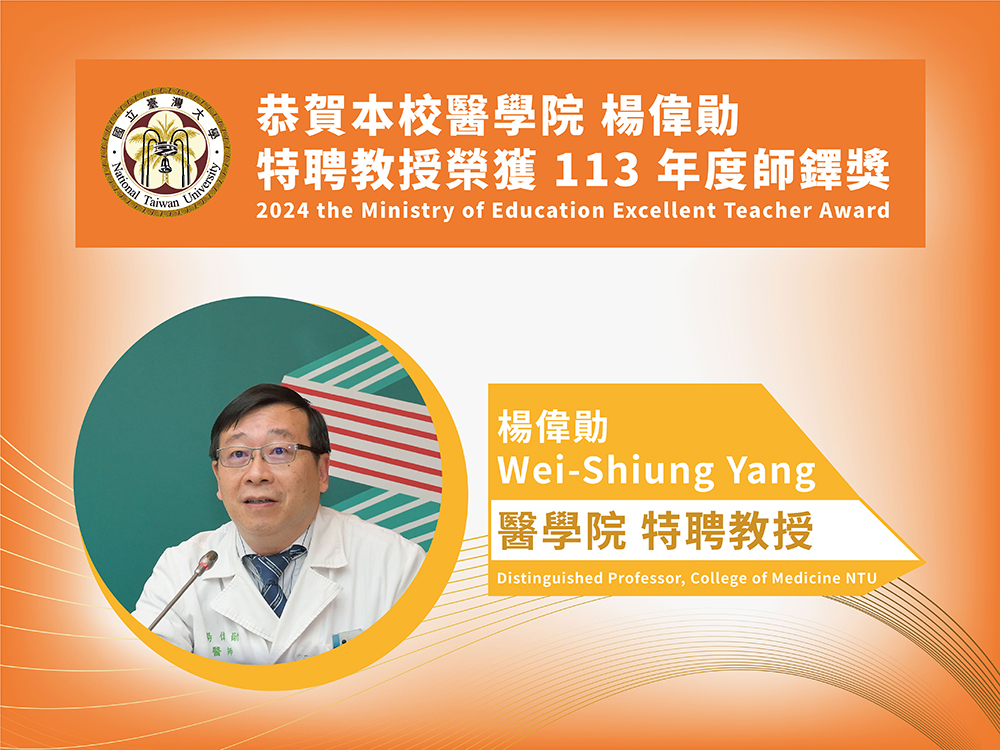
Prof. Wei-Shiung Yang wins MOE National Excellent Teacher Award
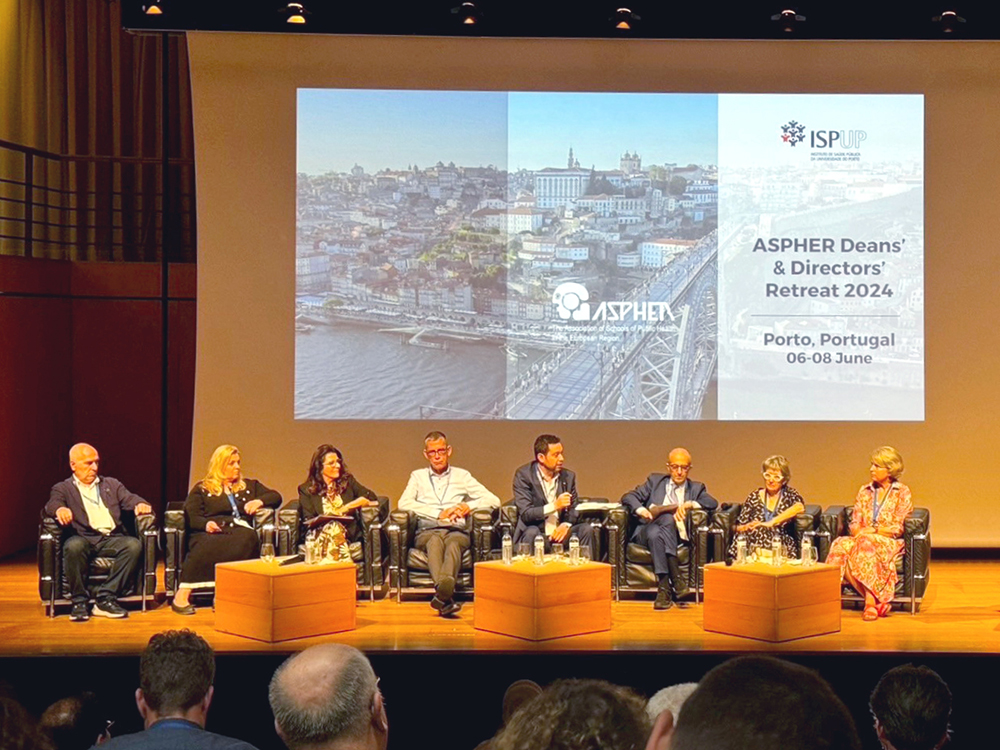
NTU College of Public Health's Global Health Program Joins the Association of Schools of Public Health in the European Region
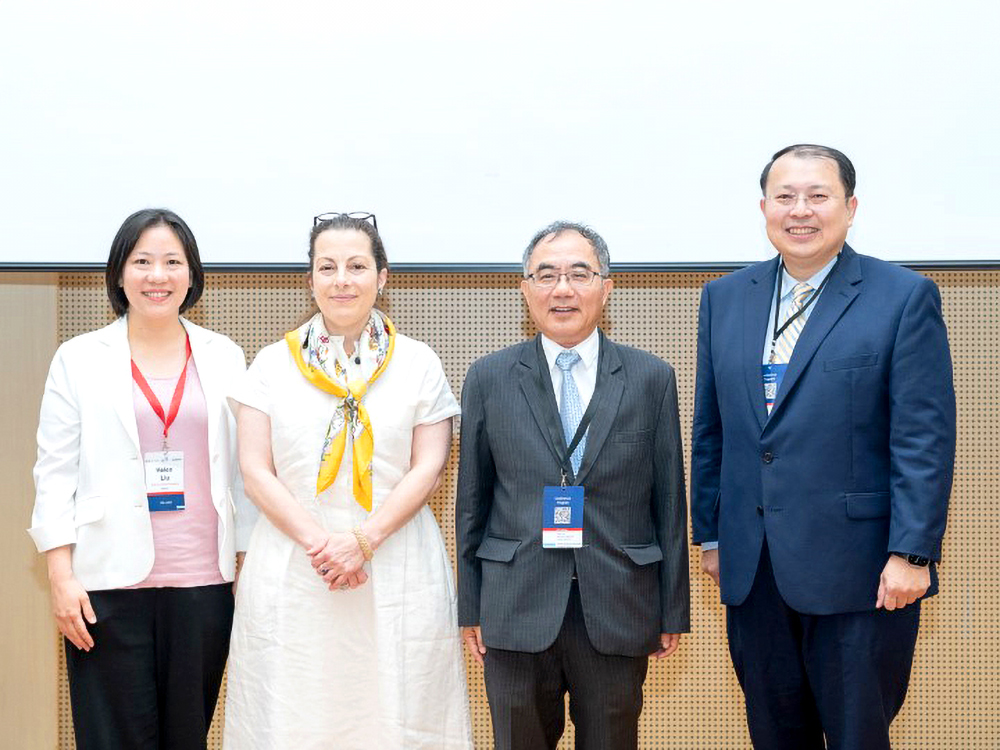
NTU hosts a successful dg.o 2024
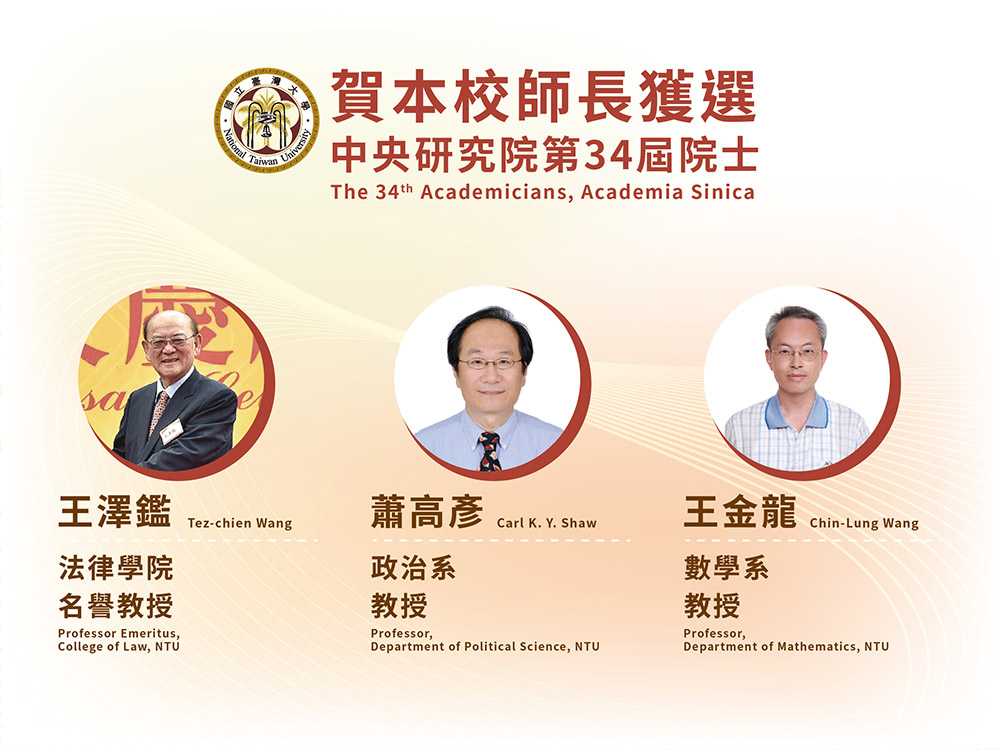
Congratulations to NTU faculty members elected as 34th AS academicians
Current Spotlights